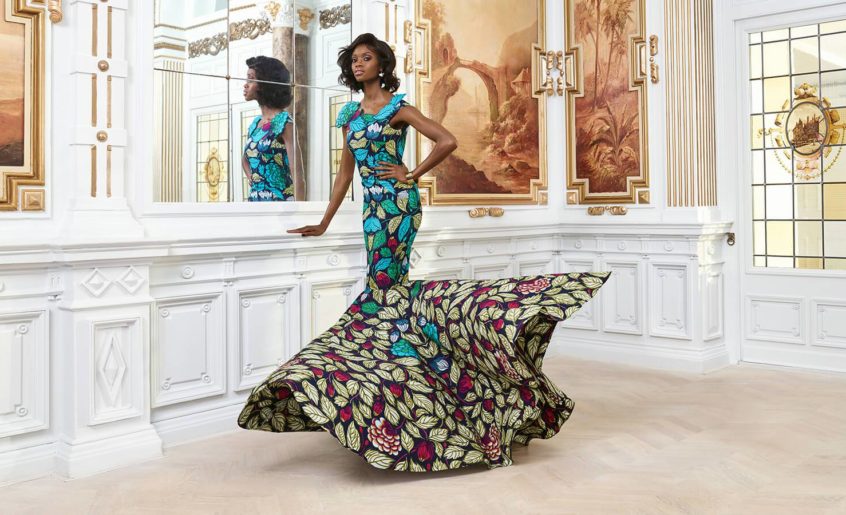THE PLACE OF AFRICA ON THE GLOBAL FASHION MAP

Last Monday an article by Robb Young appeared online in Business of Fashion. The article is a sort of blueprint to understand the hype surrounding the African fashion industry and, by extension, to decode the mainstream rhetoric and cultural politics that frame it. Young discusses Africa’s contribution to the global fashion industry, contending, as an increasing number of commentator do, that the continent has the potential to become a major transnational player. The article is part economic-analysis and part wishful thinking, in that it employs actual data and figures modeled by international agencies to project positive expectations on a continental industry that, by neoliberal standards, is still immature and thus under-exploited. The most relevant aspect of the analysis is that Young rehearses the ‘Africa raising’ narrative, linking the consolidation of a local class of ’55 billionaires’ to the growth of local economies and the upward mobility of a ‘mass of about 350 million people who are driving growth in burgeoning consumer markets like fashion’. About the lifestyle expectations of this prospective class of conspicuous consumers, in another editorial published on the platform Chris Folayan (founder of an app that helps African customers buy from international retailers) notes: ‘All my life, fashion and style have been a lifeline for cosmopolitan African consumers whose hunger for brands like Polo Ralph Lauren or Prada is matched only by their willingness to buy’. Beyond staggering economic disparities, Young and Folayan argue that fashion can generate profits, drive employment, stabilize local economies, and enhance sustainability but only as long as African countries invest in infrastructure and establish profitable partnerships with non-African actors, thereby sanctioning their full participation in the global market. “According to the World Bank, the average annual growth rate across the continent is around five percent and the risk-to-reward ratio is much lower than it once was.
Many African fashion businesses, large and small, are both innovative and profitable — but most will continue to underperform if they remain unplugged from the global fashion grid. Fortunately, at this juncture, support from the right international partners has the potential to pay dividends for investors and local businesses alike.” The infrastructures infrastructures, as Folayan emphasizes, are not just concrete, physical ones, but also digital. Fashion should be approached as both material and immaterial value, since a good part of the transactions is carried online through e-stores. He explains: “Some online stores didn’t accept African-issued payment methods or accept the local currency. Others didn’t ship to Africa for fear of fraud or expensive return costs. Many stores didn’t understand the intricacies of African customs, duties or how to guarantee delivery on the continent. Others simply lacked market knowledge. Selling to Africa — even online — was seen as a complicated web of uncertainties that most merchants were unwilling to navigate.” Another interesting aspect is contained in the list of ‘Fashion Capitals, Industry Hubs and Centres of Style’ of Sub-Saharan Africa published by Young. Focusing on the 11 most fashion-productive and fashion-innovative countries, the list features brief overviews of the local style economies, juxtaposing figures about the population and the number of ‘resident millionaires’. The underlying narrative is, of course, to highlight fashion’s power to drive development by redistributing the wealth that is now in the hands of a handful of families and therefore drive a more equitable culture of affluence and conspicuous consumption. Whereas in the West fashion and lifestyle are associated with frivolity and egotism, in Africa they are being encoded as the best means to attain stability, pacification, and exploitability through apparent social, cultural, and economic democratization.